Advertisement
Large language models have grown fast—both in their capabilities and in how much hardware they need. Running them on a laptop or edge device still feels out of reach for most people. But that’s changing. One of the most practical ways to make these models easier to use is quantization. It trims down the model without chopping away at its usefulness.
That’s where AutoGPTQ comes in. Paired with Hugging Face's transformers, it gives you a straightforward way to shrink models and run them much faster—even on modest hardware. This approach has gained traction among developers who want better performance without giving up accuracy.
AutoGPTQ is a library built around fast and accurate quantization for language models. Quantization is the process of converting a model’s weights from 16-bit or 32-bit floating-point numbers into smaller formats like 4-bit integers. This can lead to massive savings in memory and speed. But it’s not just about smaller files. The real challenge is keeping performance high while doing it.
AutoGPTQ focuses on GPTQ, which stands for Gradient Post-Training Quantization. Instead of needing full retraining or fine-tuning, GPTQ does its job after training has already finished. It carefully adjusts the weights so the model doesn’t lose too much accuracy during the conversion. The “auto” part in AutoGPTQ refers to how it handles most of the complexity for you. You don’t need to tinker with quantization settings unless you want to. That makes it much more accessible.
What really makes AutoGPTQ useful is its integration with Hugging Face's transformers library. You can load quantized models directly with the same interface you already use for full-size ones. It handles the backend setup, including which hardware kernels to use, and lets you focus on making the model work in your code.
The performance gains from quantization are not subtle. With 4-bit quantization, a model like Llama 2-7B drops from over 13GB down to around 4GB. That opens the door to running models on consumer GPUs with 8GB of memory or even on-device CPUs if needed.
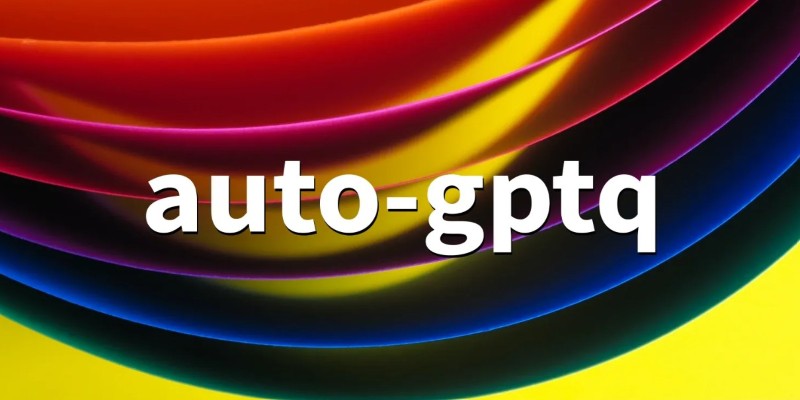
AutoGPTQ uses custom CUDA kernels or optimized CPU backends, depending on your setup. It offers quantization with support for group-wise and per-channel approaches. These options help maintain accuracy, especially for the layers most sensitive to compression.
In practical terms, a quantized model loads faster, run inference quicker, and consumes less power. When using transformers, you can simply specify the model revision or path to a quantized version, and the pipeline handles it. The whole process feels native. The weights are stored in a compact format, often using .safetensors for efficient loading and safety, and inference engines like exllama, auto_gptq, or gptq_triton take care of the rest.
The effect on accuracy is model-dependent, but many benchmarks show drops within 1–2% of full precision. For most use cases—such as chatbots, summarizers, and embeddings—that's a trade-off worth making.
One reason quantized models didn’t take off earlier was how clunky the workflows used to be. You had to manually export, convert, and optimize each model. AutoGPTQ makes this smoother, especially when working with the Hugging Face ecosystem.
Many popular models now have quantized versions directly available on the Hugging Face Hub. These models use tags like gptq-4bit, and you can pull them just as you would any other model. For example:
from transformers import AutoModelForCausalLM, AutoTokenizer
model = AutoModelForCausalLM.from_pretrained("TheBloke/Llama-2-7B-GPTQ", device_map="auto")
tokenizer = AutoTokenizer.from_pretrained("TheBloke/Llama-2-7B-GPTQ")
This is all that’s needed to run a 7B model on a desktop GPU. No special installation beyond auto-gptq and transformers is required.
The fact that this works with pipelines, PEFT adapters, and newer features like transformers’ chat templates makes it feel seamless. You can experiment with prompt engineering, low-rank adapters, or knowledge retrieval with a quantized base model—without rebuilding your stack.
And it’s not just limited to chat models. Quantized versions of BERT, RoBERTa, Falcon, and Mistral are already available. AutoGPTQ even supports quantizing your models locally using just a few lines of code and some calibration data.
Quantized models change how people think about deploying LLMs. Instead of relying on cloud GPUs, developers are now able to serve reasonably large models from a MacBook or a single RTX 3060. This matters for research, startups, and anyone with privacy or latency concerns.
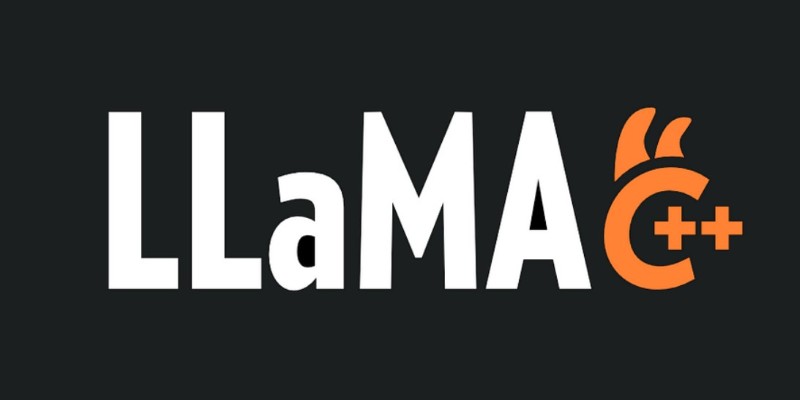
Running local inference has become more realistic, especially when paired with libraries like llama-cpp, text-generation-webui, and OpenVINO. But AutoGPTQ still holds an edge in compatibility and feature support, especially for people already using transformers.
There are trade-offs. Some models don't quantize cleanly, especially smaller ones where each weight has more impact. While 4-bit inference is faster, it can become unstable for longer sequences or edge cases. Still, for most real-world applications, the gains far outweigh the limits.
And it’s not just inference. With tools like PEFT and LoRA, you can fine-tune or adapt quantized models as well. Combined with tools like bits and bytes or Intel’s neural compressors, the ecosystem for lightweight LLMs is growing fast. AutoGPTQ stands out by being both fast and developer-friendly.
Making LLMs lighter with AutoGPTQ and transformers isn't just about trimming size—it's about opening access. Developers can now run language models without high-end GPUs or cloud infrastructure. They can tweak, test, and deploy on their machines with near-full performance. And the integration with Hugging Face means the whole thing works without much hassle. AutoGPTQ makes quantization something you can use, not just something you read about. It removes barriers, speeds things up, and keeps things accurate enough for real-world tasks. As models continue to grow, these kinds of tools will matter more. LLMs are only going to get larger—but thanks to smart quantization, using them doesn't have to.
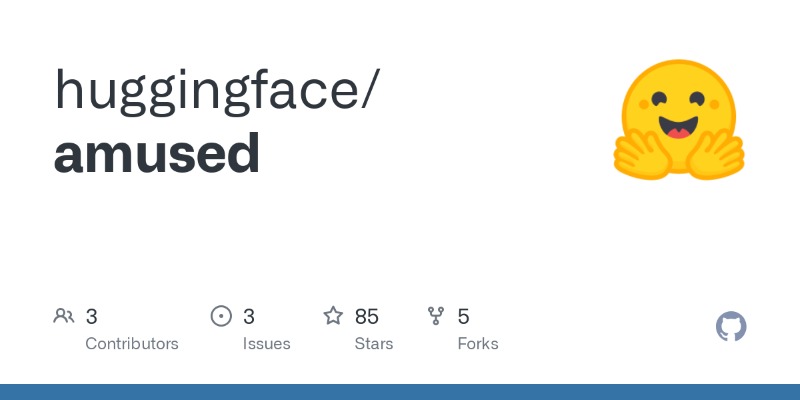
Explore the most unforgettable moments when influencers lost their cool lives. From epic fails to unexpected outbursts, dive into the drama of livestream mishaps
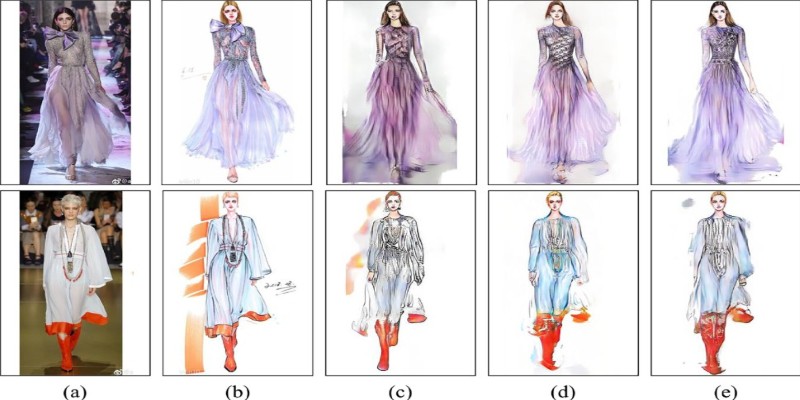
How GANs are revolutionizing fashion by generating high-quality design images, aiding trend forecasting, e-commerce visuals, and creative innovation in the industry

How AI in food service is transforming restaurant operations, from faster kitchens to personalized ordering and better inventory management
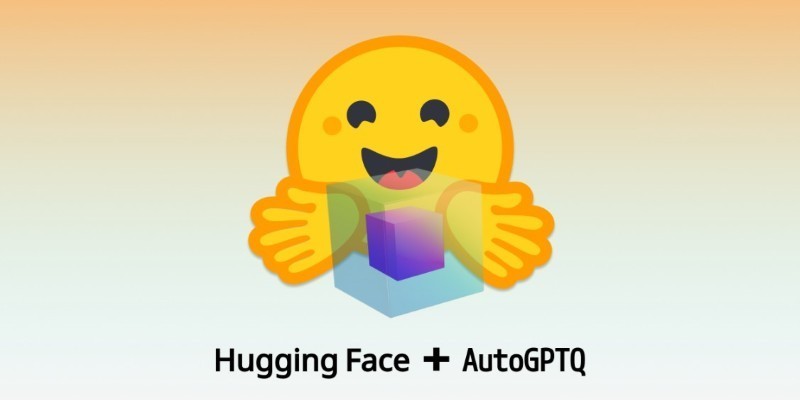
Explore the range of quantization schemes natively supported in Hugging Face Transformers and how they improve model speed and efficiency across backends like Optimum Intel, ONNX, and PyTorch

How AI in real estate is transforming property search, pricing, and investment decisions. Learn how automation and predictive tools are streamlining the industry for buyers, agents, and investors
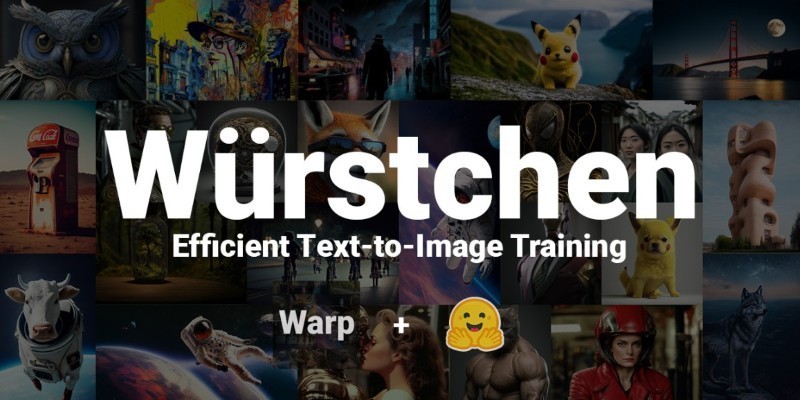
How Würstchen uses a compressed latent space to deliver fast diffusion for image generation, reducing compute while keeping quality high
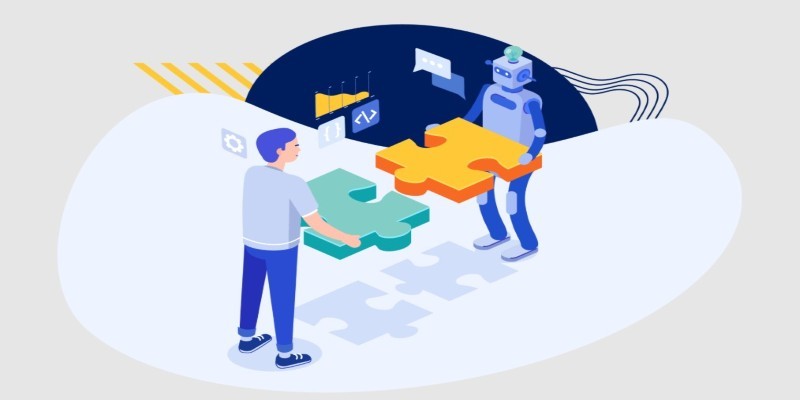
How Enterprise AI is transforming how large businesses operate by connecting data, systems, and people across departments for smarter decisions
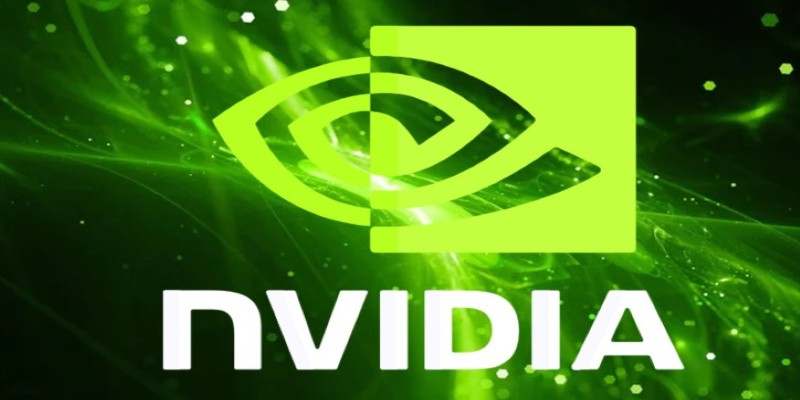
Nvidia's Perfusion method redefines AI image personalization with efficient, non-destructive customization. Learn how this breakthrough approach enables targeted learning without model degradation
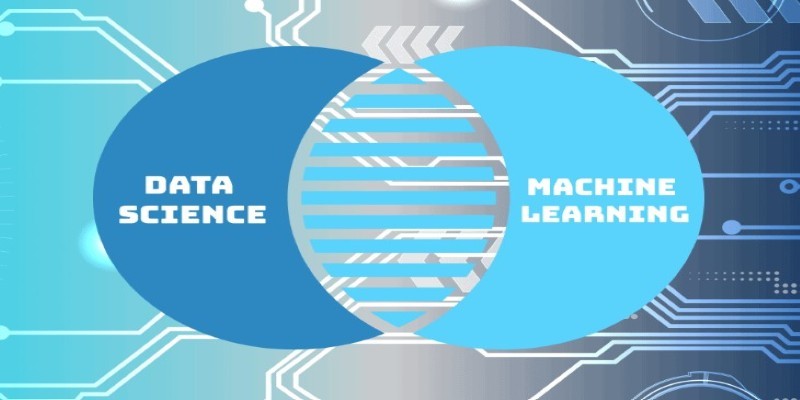
Learn the clear difference between data science and machine learning, how they intersect, and where they differ in purpose, tools, workflows, and careers

How Making LLMs Lighter with AutoGPTQ and Transformers helps reduce model size, speed up inference, and cut memory usage—all without major accuracy loss
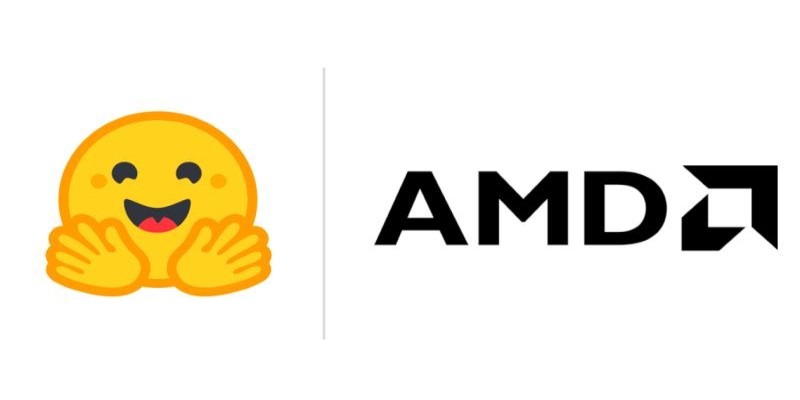
Discover five engaging and creative methods to teach your kids about saving money and instill essential financial literacy skills
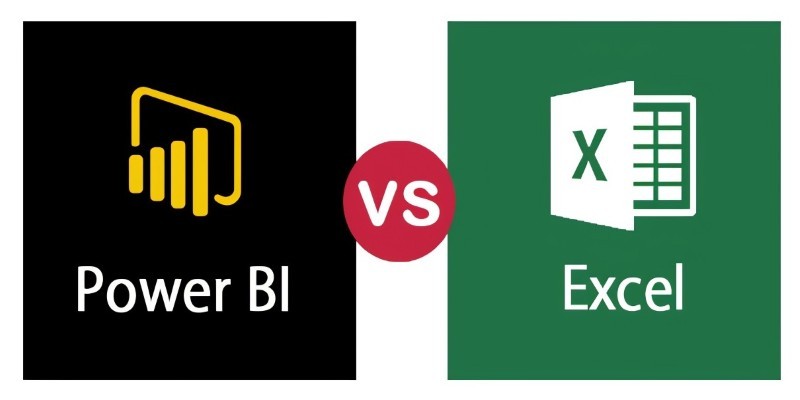
Compare Excel and Power BI in terms of data handling, reporting, collaboration, and usability to find out which tool is better suited for decision making